Cracked Open: On Letting Go, Coming Home, and What Our Baby Already Knew
Our baby didn’t cry when I dropped her off at daycare for the first time.
She walked in like she’d been there for months. Like the room had already whispered “welcome” to her in her dreams. I stood in the doorway, watching her move toward the toys and tiny chairs without even glancing back, and I felt it—not sadness, but certainty.
She was ready.
And so was I.
No tears. No gut-pull to turn the car around. No need to text my wife for reassurance. Because I already had it—her knowing, her calm, her steady belief in our child and in me. She saw this moment coming before I did. She held the possibility with tenderness until I could hold it, too.
We didn’t rush this transition. We honored it.
We gave our daughter time to root before asking her to expand. We moved slowly. Gently. We watched for readiness—not just hers, but ours. And when all of our nervous systems gave the green light, we let her go.
That choice came with a cost.
Not in money, though that’s real. But in time. Energy. The rearranging of identity.
I stayed home while my wife returned to a demanding, high-impact job. Not because I didn’t want to work. But because in the early days, our daughter needed the grounded presence of a body that had carried her. And I needed time to understand who I was becoming.
The Working Partner’s Ceremony
What my wife did every day was its own kind of ceremony.
Waking up with less of us.
Getting dressed while we were still cocooned in sleep.
Walking into a world that doesn’t always recognize the weight of the invisible labor she carried.
Performing, contributing, showing up, and then coming home—to a baby who was always changing, and a partner who was often too depleted to explain how.
She made it look easy, but I know it wasn’t.
She missed firsts. She missed ordinary days.
She was called in only to be called the “other mother.”
And still—she showed up with love.
That’s the kind of quiet grief we don’t make space for.
And the kind of love that goes unnamed in birth books.
What I Teach in My Childbirth Classes (and Why It’s Different)
In my childbirth class, I give everyone a circle.
I ask them to write down everything that makes them who they are. From brushing teeth to managing their team’s workflow. From meditating to packing daycare lunches. From scheduling their next pelvic steam to checking off Jira tickets.
Then I ask their partner to do the same.
And then I give them a third circle—smaller, tighter.
The overlap.
The space they’ll actually share once the baby arrives.
And I ask:
What stays?
What shifts?
What gets rewilded, reclaimed, or repurposed?
What do you release to others—with love and trust—so you can keep what matters most between you?
Because you can have a beautiful, intuitive birth and still feel completely disoriented by the postpartum reshuffling of your life. Birth is only the first portal. What comes after is the real integration.
The Return Is Its Own Rite of Passage
This daycare drop-off? It wasn’t a fracture.
It was a weaving back.
Back to my wife. Back to my self.
Back to a rhythm where mornings are not just survival and evenings hold softness again.
We didn’t rush this because we trusted the unfolding.
And we trusted each other.
And—most sacred of all—we trusted our child.
If You’re Planning for a Conscious Birth and a Return to Work
You’re not the only one asking:
How do I protect what I’m building?
How do we hold our bond when we’re being pulled in different directions?
How do I stay soft and functional?
How do we transition with more grace and less rupture?
My childbirth education class was built for that.
Small. Intimate. Real.
It’s the kind of class where we talk about the nervous system, relational shifts, and identity work right alongside labor physiology and birth planning. It’s not about perfection—it’s about preparing to stay connected when things get hard.
🌿 The next class is open now:
Learn more and save your spot
And if you’re looking for something you can do at your own pace, I have a birth + postpartum workbook coming soon. Sign up to get first access.


